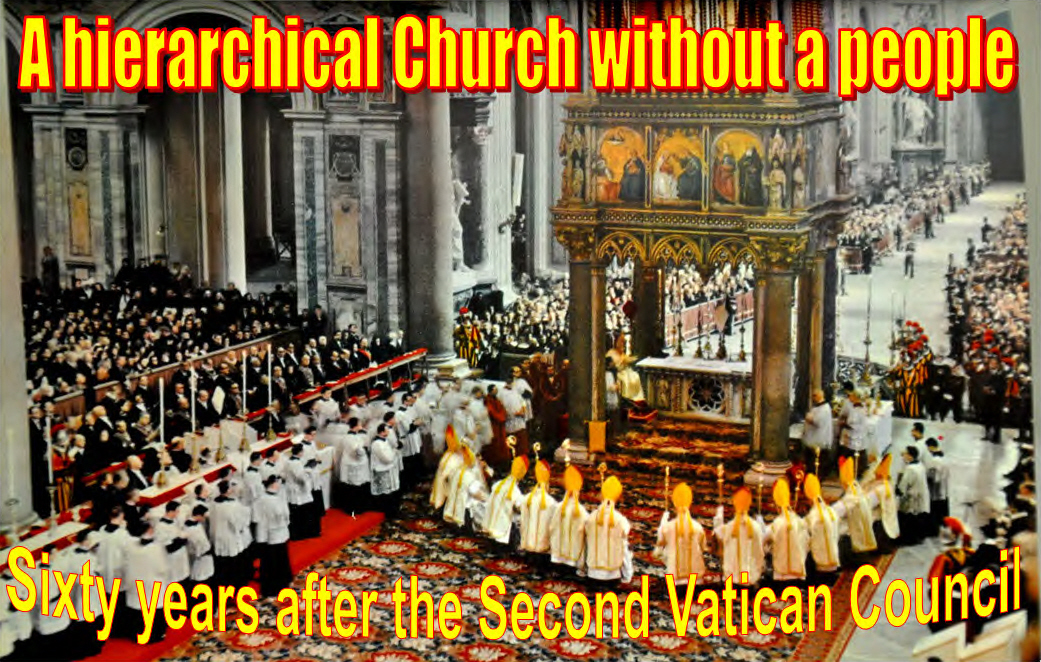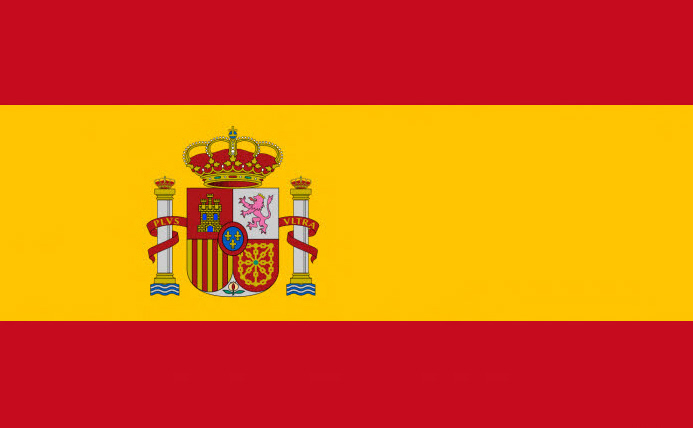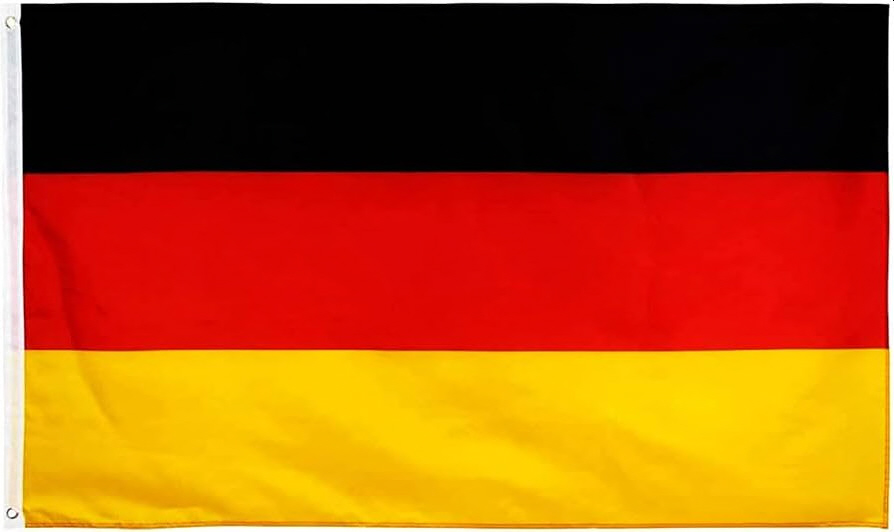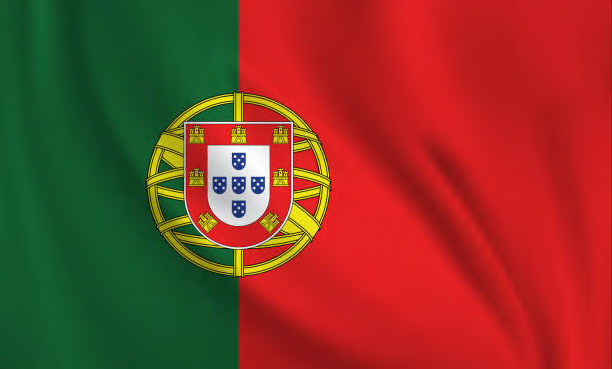






 | 





|
Sixty years after the Second Vatican Council, it is essential to critically review the internal structures of the Catholic Church—not only from an ecclesiological or theological perspective, but also from a fundamental question that has too often been silenced: why do power and authority in the Church remain concentrated in a clerical elite, without effective participation from the Christian people, who are, in theory, its constitutive subject?
Despite the significant changes proposed by the Council, the hierarchical structure of the Church remains practically unaltered. To understand the reasons for this resistance to change, one must delve into the difference between "structure" and "organization." Structure refers to the essential elements that ensure the Church's cohesion and continuity throughout history. In the dominant ecclesial discourse, this structure is identified with the hierarchy—that is, the episcopal body understood as the successor to the apostolic college. This hierarchy, according to its defenders, guarantees doctrinal, pastoral, and institutional authority. However, is this “continuity” truly synonymous with fidelity to the Gospel, or rather with the preservation of privileges?
“Organization,” on the other hand, refers to how that structure is implemented in different historical contexts. The Church has shown great organizational flexibility over the centuries, but it has preserved its hierarchical core unchanged. What has never been brought into question by those who hold ecclesial power is precisely that structure which enables control without accountability to the believing people. Can we truly speak of a Spirit-led community when decisions are made from above, without the participation of those who are both recipients and bearers of the faith?
During the first millennium, bishops were chosen by their communities and exercised their ministry in local churches, in a manner more aligned with communal dynamics. However, beginning in the 11th century, the Pope’s power began to centralize, profoundly transforming the Church’s organization. While the same formal hierarchical structure was maintained, the axis of power shifted toward an extreme verticality, with Rome as the hegemonic center. Why was it accepted without question that this centralization reflected divine will, rather than human strategies of power?
The central issue is not just how this organization functions, but how the Church's structure is conceived. When it serves the interests of the center—the Pope and the Roman Curia—it reveals that this center has the power not only to define the organization but also to legitimize it through theological narratives. This raises an uncomfortable question: does the ecclesial structure have a sacramental basis or a juridical one?
According to Vatican II documents, the episcopate has a sacramental basis. However, in practice, many of a bishop's functions seem governed more by legal than spiritual criteria. What does it mean for the Church to proclaim a sacramental theology of the episcopate if the exercise of ministry depends on papal approval? The Christian people—supposedly participants in sacramental communion—are systematically excluded from this debate. Thus, the sacrament becomes a symbolic justification for a power structure that allows neither alternatives nor dissenting voices.
In the early Christian communities, there were leaders who might be seen as an incipient form of episcopacy. However, in the New Testament writings, there is no clear differentiation between bishops and presbyters. It was not until the end of the second century that bishops began to be recognized as successors of the apostles. For several centuries, this episcopal role coexisted with a still-undefined theology. In fact, even today, the theology of the episcopate remains an ambiguous field, lacking systematic development to justify the current model of papal supremacy and episcopal submission.
Starting in the 12th century, theological reflection began on the sacrament of Holy Orders, but it was centered on the priesthood rather than the episcopate. This led to a vision of the bishop as a priest with jurisdiction over others—subordinate to a legal system rather than inscribed in sacramental communion. A pyramidal model was thus consolidated: the Pope as the supreme bishop with juridical authority over the entire episcopate, the clergy, and, of course, the faithful. This interpretation was theologically supported by figures such as Thomas Aquinas and Albert the Great, but its ideological roots lie in the reforms of Pope Gregory VII and his collaborators, who used forged documents attributed to the Edict of Milan to legitimize papal supremacy.
The Church’s current centralist structure rests in part on these manipulated foundations. Despite being exposed as forgeries, those sources continued to be used to assert that "all power in the Church comes from the Pope." How can spiritual authority be sustained on a historically fraudulent and politically motivated foundation? And why is the Christian people denied the right to question these contradictions?
The Second Vatican Council did not resolve this ambiguity—it merely exposed it. In Lumen Gentium 21.3, it states that the episcopate confers the fullness of priestly order, but adds that it can only be exercised in communion with the Pope. Article 22.3 further insists that the bishops’ actions require papal consent. If the episcopate has an autonomous sacramental basis, why is its exercise subordinated to papal authority? In practice, the Church’s structure does not reflect communion, but hierarchical obedience and legal control.
This contradiction between sacramental discourse and juridical reality explains many of the Church's internal tensions. Although the Council defined the Church as a sacrament of communion, the reality is that it functions as a legal structure upheld by decrees, norms, and codes. This vertical logic is reproduced in every diocese, where the bishop acts as a kind of viceroy of the Pope, and the laity is relegated to obedience without real participation.
It is no coincidence that Chapter III of the Dogmatic Constitution Lumen Gentium speaks of the Church not as the People of God, but as a “hierarchically structured society.” Why this duality? Were these sections written by opposing factions within the Council? The reality is that many conciliar documents were the result of tensions and compromises between conflicting positions within the episcopate, which explains why they contain contradictory assertions. Therefore, they should not be idealized as a harmonious synthesis, but rather read as a snapshot of an unresolved struggle for power within the Church.
The fundamental questions remain unanswered: who holds supreme power in the Church? Where does it come from? What is the real role of the episcopate? Why is the Christian people systematically excluded from these debates? The history of the councils shows that, far from clarifying these issues, they have often made them more complex.
The Councils of Constance and Basel, for example, affirmed that a general council had authority over the Pope. However, this stance was overturned by the Council of Florence, which once again proclaimed papal supremacy. Since then, subsequent councils—Lateran V, Trent, Vatican I—did not aim to respond to the challenges of the modern world but to protect a power model that was already showing signs of decay. Paradoxically, this defensive posture was a reaction against a Christian society that the Church itself had helped to shape, but which was now evolving beyond its control.
The Second Vatican Council attempted a shift, seeking dialogue with modernity. But its spirit of renewal was not reflected in the institutional structure. Papal and curial authority remained intact, while the Christian people continued to be excluded. At a time when the world demands participation, transparency, and horizontality, the Church remains anchored in a rigid, vertical, and exclusionary hierarchical model.
This disconnect between discourse and practice, between sacramental proclamations and authoritarian practices, is unsustainable. A deep review of the ecclesial model is urgently needed—not to destroy it, but to make it consistent with the Gospel it proclaims and with the community it claims to serve.